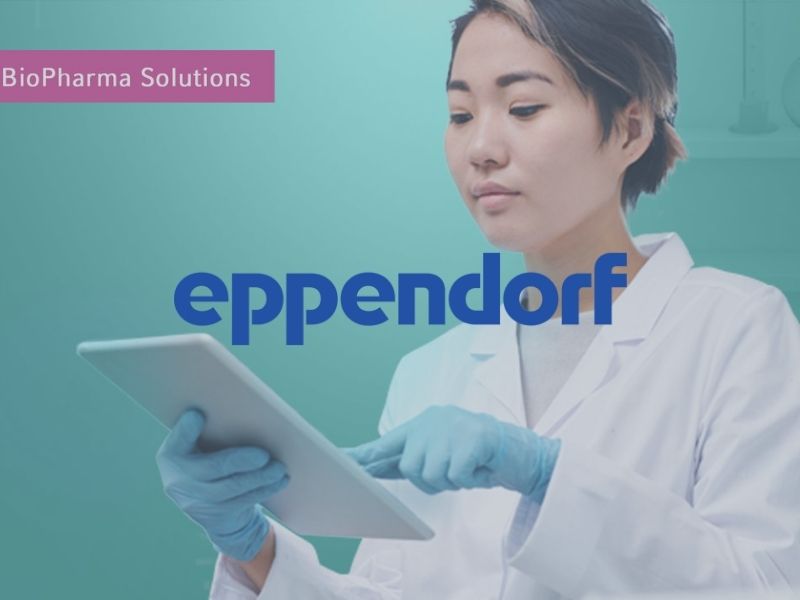
14 May Seamless Analyzer Integration as a Driver of Bioprocess Intensification

Jörg Schwinde, Key Segment Manager Vaccines and monoclonal Antibodies, Eppendorf Bioprocess Center
When designing strategies to reduce time and cost in biologics development and manufacturing, one must think about bioprocess intensification. The term is widely used. BioPlan Associates recently summarized it as “essentially any new or changed bioprocessing or supporting activity or entity that provides improved yield, productivity, lowers costs, is done in less space, or adds speed.” (https://www.bioprocessonline.com/doc/the-new-normal-changing-perceptions-on-bioprocess-intensification-and-continuous-bioprocessing-0001).
Process analytical technologies and automation have an enormous potential in upstream bioprocess intensification. However, leveraging their potential requires a smooth interplay of the bioprocess control station and supporting analytical devices. Let’s have a closer look:
Optimizing upstream bioprocess productivity and product quality simultaneously is a complex endeavor, mainly due to the interdependencies between relevant process parameters such as:
- The behavior of the producer strain or cell line, including its growth kinetics, the ratio of viable and total cell density, productivity, substrate consumption and metabolic state.
- Critical quality attributes of the product.
- The medium composition, including the concentrations of substrates and byproducts.
For example: The concentration of glucose in the cell culture medium will affect cell growth, while at the same time, it can influence biologics quality as well as byproduct formation. The latter may in turn affect cell growth and viability. To pursue our illustration further, if the glucose concentration in the culture medium is measured in real-time, this facilitates the automation of glucose feeding by feedback-control loops. Automated feeding potentially leads to a more reliable glucose control at setpoint. This helps optimizing cell growth and viability as well as product quality attributes influenced by the glucose concentration.
So, which possibilities do we currently have for the optimization of upstream bioprocessing? Undoubtedly, the use of inline sensors is an elegant approach, which measures a parameter of interest directly in the bioreactor. Inline sensors for DO, pH, and temperature are routinely used in almost any bioprocess. Raman analysis is a relevant example for inline monitoring of other parameters, including nutrient concentrations. Inline analyzers spare sampling steps and manual work associated with sample analysis, while providing data almost in real-time, which facilitates the implementation of automated feedback control loops. Today, inline process analytics often involves the integration of third-party analyzers with the bioprocess control system. The seamless integration with the bioprocess software, which is receiving the analyzer’s signals and controls acting units of the bioprocess system, including pumps or gassing devices, is the key to their convenient use. Open Platform Communication (OPC) facilitates the communication of devices of different origins. Analyzers and bioprocess software supporting this standard are a preferred choice for allowing digital communication. The quality and versatility of the bioprocess control software for handling data provided by the analyzer, are also important. A notable example is the capability to use the data in software scripts for tailored control loops.
Depending on the analytical device, inline process analytics may not be possible. For example, assays based on mass spectrometry naturally require drawing a sample from the bioreactor. Therefore, combining the use of an external analyzer and an autosampler is another important strategy, which reduces manual work, and chance of error while adding to the flexibility of the sampling time points. The seamless integration of the autosampler with the bioprocess system will conveniently handle both with one software product.
During the research and development stage, process analytical technologies are essential for the optimization of process understanding. Based on this understanding, they potentially enable countermeasures to be taken during manufacturing, if deviations from the ideal process are detected. Process analytics is complemented by predictive analyses such as Design of Experiment approaches and innovative strategies based on artificial intelligence, which provide opportunities to simulate processes and detect future challenges which may affect bioprocess time and cost efficiency.


